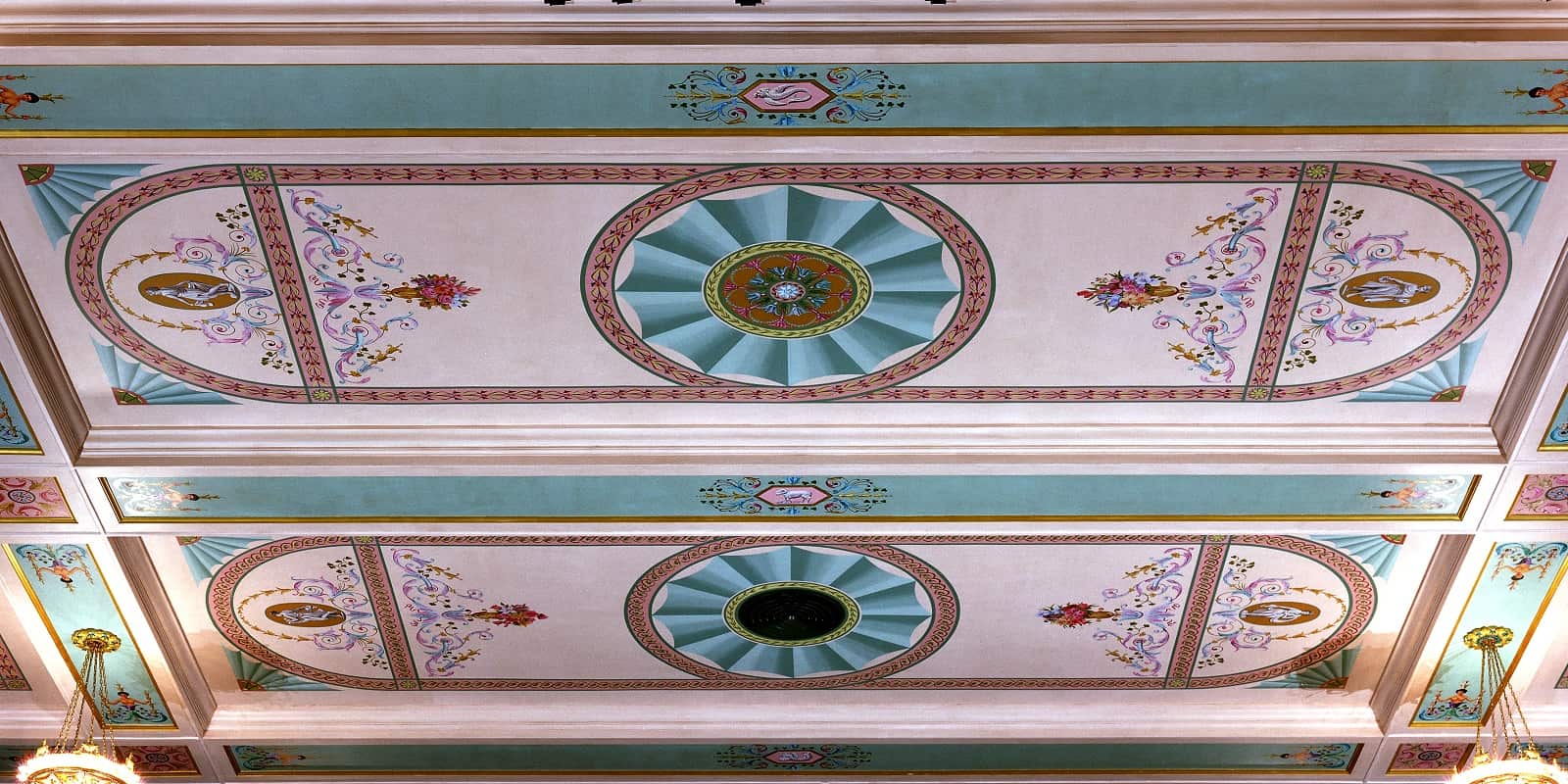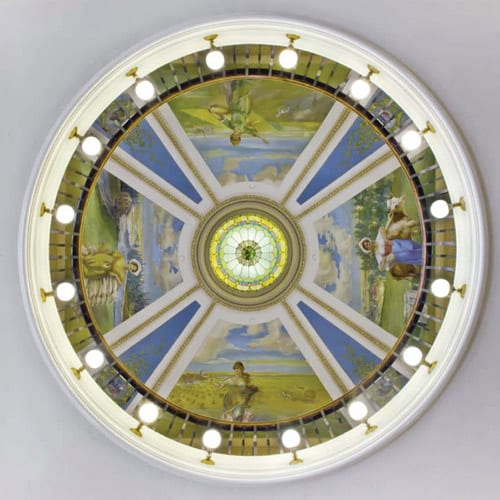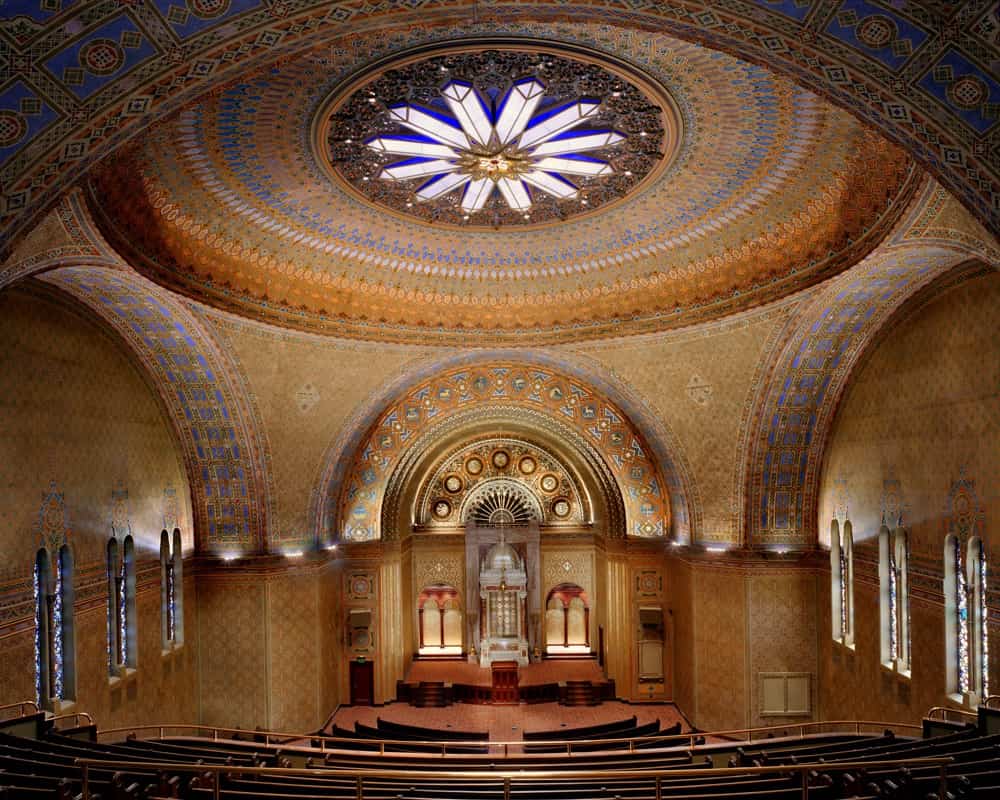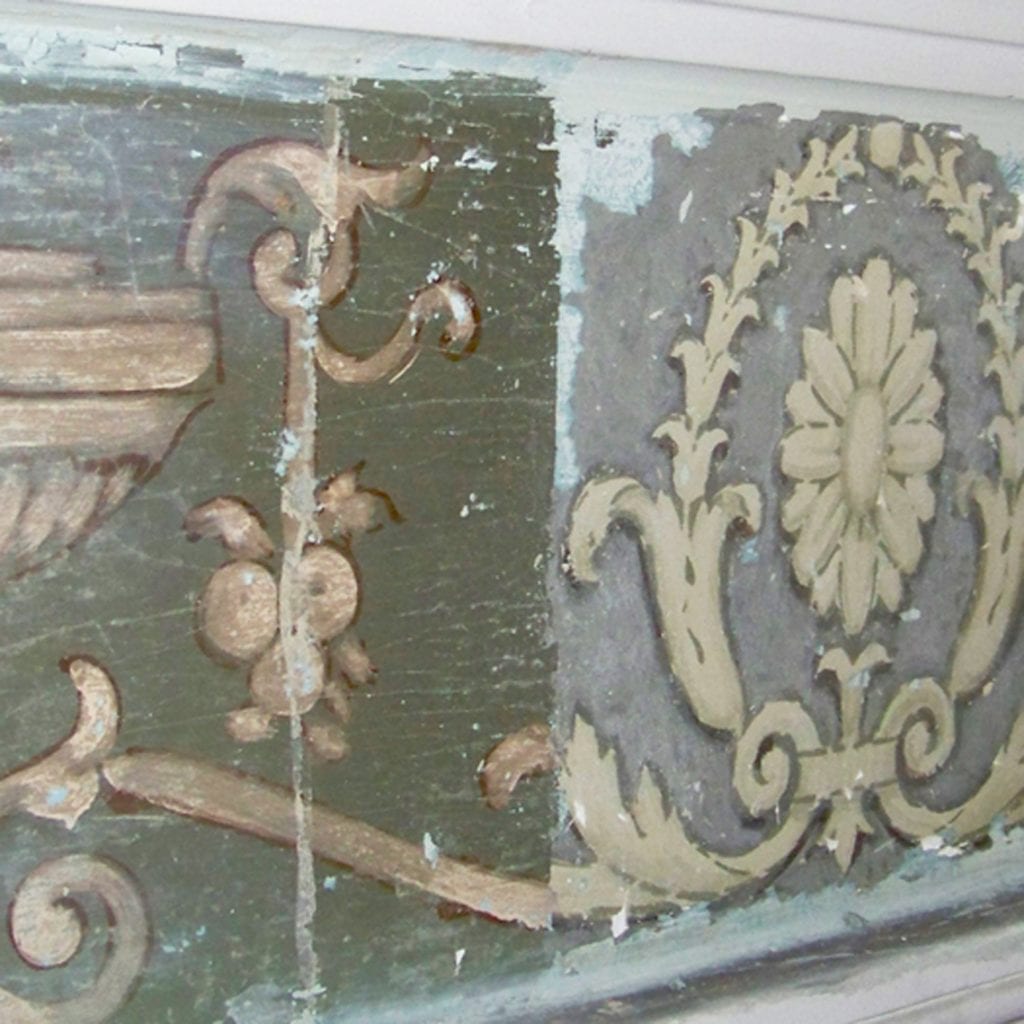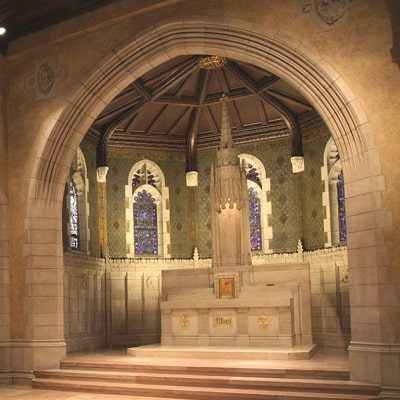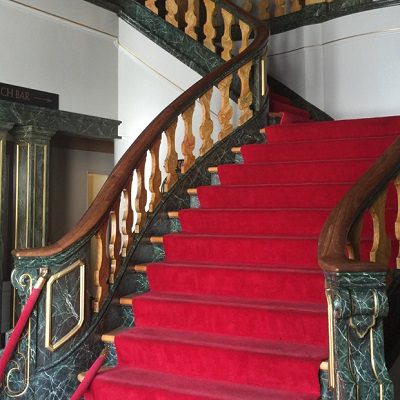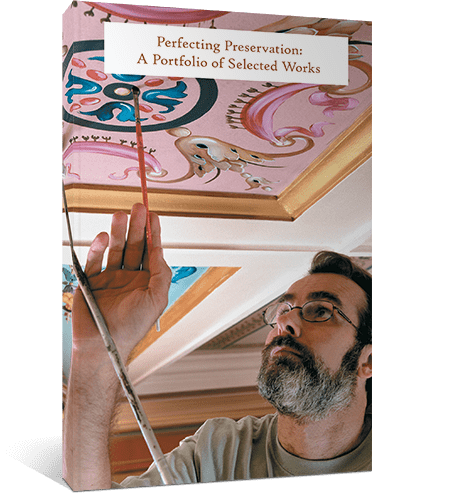In your town, state, and all around the country you will notice structures in need of preservation as well as those that have been lucky enough to benefit from preservation. In order to understand the benefits and importance of preservation of the country’s structures, you need know what preservation is and how it differs from restoration and conservation.
Preservation
Preservation is the art and science of retaining and sustaining an object’s historic fabric. In turn historic preservation is a field of study and practice that focuses on the conservation, and protection of cultural heritage sites and buildings. Historic preservation is often defined as the process of identifying, protecting, and enhancing buildings, places, and objects of historical and cultural significance. This process embraces many phases including the survey and evaluation of historical, architectural, and cultural resources in an area and the development of planning and legal measures to protect these resources in the future. This is done to tie a place’s history to its population and culture and maintain a tangible physical connection to the past so that these places can be enjoyed by future generations.
Preservation vs Restoration vs Conservation
Conservation focuses on the maintenance and preservation of the original material and design of a structure, while restoration aims to return a building to its original state by recreating missing or damaged elements. In contrast, preservation seeks to protect and maintain a building or cultural site in a way that respects its historical and cultural significance, while also allowing for changes to be made to ensure its continued use and relevance.
Preservation Benefits when it comes to Historic Buildings and Sites
Historic preservation has many benefits, including maintaining a sense of continuity and connection to the past and fostering a sense of community and pride. By preserving historic buildings and sites, we can learn about the people and events that shaped our communities and gain a deeper appreciation and understanding for the world around us. Preservation also helps to promote sustainability by reusing existing structures, reducing waste, and preserving natural resources. It can also sometimes have economic benefits, by creating jobs and increasing property values in historic districts.
Importance of Preservation of Historic Buildings and Sites
Historic preservation is important because it helps us to understand and appreciate our cultural heritage. It allows us to connect with the past and learn from our history, while also creating a sense of place and community. By preserving historic buildings and sites, we can also ensure that future generations have the opportunity to learn from and appreciate these important cultural resources, while helping to foster a sense of pride and identity in our communities, by celebrating the unique characteristics and heritage of our neighborhoods and cities.
Historic preservation promotes education and research into our shared history and cultural heritage. Preserved historic resources can be used for educational purposes, providing a hands-on way for people to learn about the past. Preservation also encourages the study of historic architecture, design, and craftsmanship.
Historic Fabric
It is more than the buildings and sites, we need to consider the historic fabric which serves as a tangible link to the past and can tell us a lot about the history, culture, and architecture of a particular time and place. The historic fabric of a building includes its original materials, design features, decorative finishes, and craftsmanship, which are often unique and irreplaceable. By preserving the historic fabric of a building, we can ensure that future generations can continue to appreciate and learn from it.
Preservation Benefits when it comes to the Historic Fabric and Decorative Finishes of Buildings
The preservation of historic fabric can contribute to the economic vitality and cultural identity of a community. Historic buildings and neighborhoods are often popular tourist destinations, attracting visitors who are interested in the architecture, history, and cultural heritage of a particular place. By preserving the historic fabric of these buildings, we can help to maintain the cultural and historical character of a community, which can attract investment and contribute to the local economy.
Preserving historic fabric can also be environmentally sustainable. Reusing and maintaining existing buildings reduces the need for new construction, which can have a significant environmental impact. Historic buildings were often constructed with durable, high-quality materials that are not commonly used in modern construction, such as brick, stone, and hardwoods. By preserving these materials and reusing them in the maintenance and restoration of historic buildings, we can reduce waste and conserve natural resources.
A great example of how preservation of historic buildings can help communities, is looking at some of the historic theatres around the county. Theatres are community gathering places and when the beautiful decorative finishes are preserved it makes the spaces more inviting and magical enhancing the theater-goers experience.
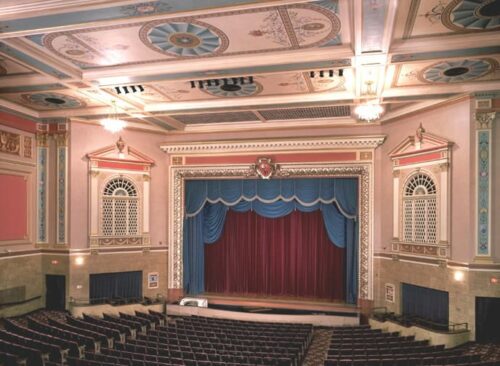
Stadium Theatre in Woonsocket, Rhode Island after preservation & restoration
Importance of Preservation of Historic Fabric and Decorative Finishes of Buildings
When it comes to the historic preservation of decorative finishes, it can be even more important for landmark and historic buildings. Decorative finishes, such as painting, gilding, plasterwork, and murals, are an important part of the historic fabric of a building and can provide insight into the craftsmanship, design, as well as the social and cultural values of the time period in which the building was constructed.
One of the main reasons that the preservation of decorative finishes is important is that they are often unique and irreplaceable. These finishes were typically created by skilled craftsmen using techniques and materials that may no longer be available. By preserving the original decorative finishes, we can ensure that the building retains its historical and artistic significance, and we can learn about the techniques and materials used by past generations of artisans and craftsmen.
The preservation of decorative finishes can also contribute to the aesthetic and cultural value of a building. These finishes can be an important part of the character and charm of a historic building, and they can help to create a sense of place and identity. The preservation of these decorative finishes can contribute to the tourism and cultural heritage of a community, as people are often drawn to historic buildings and regions for their appealing and cultural significance.
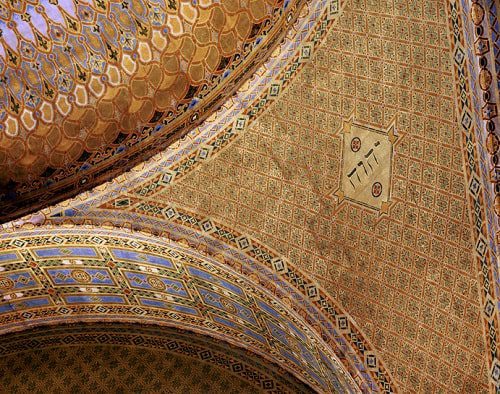
Ceiling decorative finishes at Rodeph Shalom after restoration and preservation
John Canning’s & Co.’s tagline line is Perfecting Preservation and we aim to understand the original methods and materials used so we can stay true to the designer’s original intent when performing any preservation, conservation or restoration work. We are expert Preservation Problem Solvers with a goal of Perfecting Preservation. We find the architectural arts restoration, preservation and conservation solutions for the most complex problems and situations. We are honored to help keep the history alive for all the prestigious landmarks and historic buildings that we are privileged to work on. By preserving the original finishes, we can learn about past techniques and materials, contribute to the cultural heritage and tourism of a community, and protect the underlying materials from damage. The preservation of the historic fabric and finishes of landmark and historic buildings is essential for maintaining our cultural heritage, promoting economic vitality, and contributing to a sustainable future. If you have a project that needs a historic preservation specialist, do not hesitate to contact us.
If you want to learn more about preservation in your state there are some great resources available.
You can find a list of National and Regional Preservation Organizations as well as other great information and preservation resources at this website link for the National Preservation Institute.
For a list of state historic preservation offices and the national register of historic places, check out the National Parks Service’s website.

